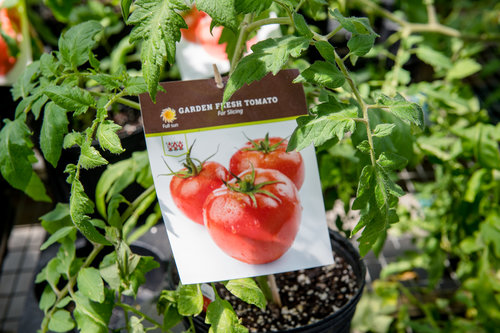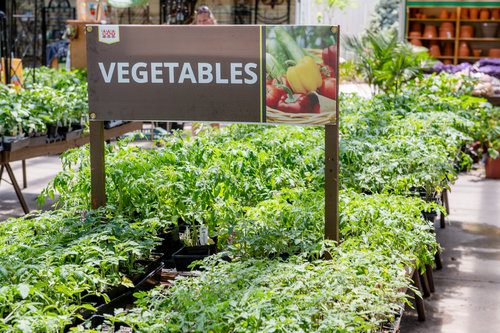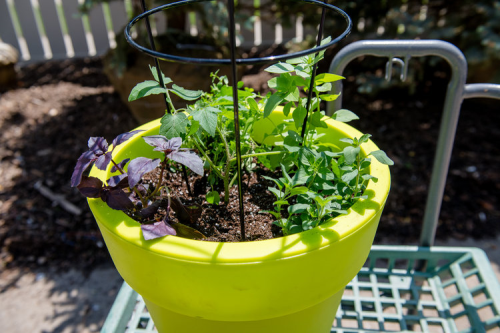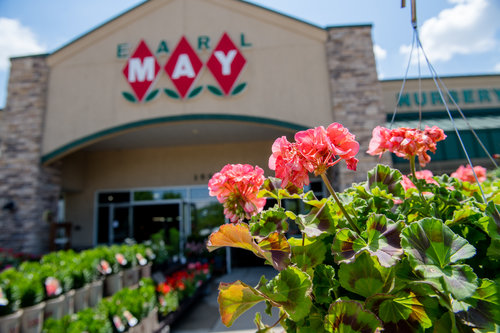Garden Like a Farmer
June 4, 2018
By Lindsey Foss, Iowa Food & Family Project
Photos by Joseph L. Murphy, Iowa Soybean Association
With summer in full swing, farmers’ markets, backyard gardens and patio plants are popping up as fast as the temperatures climb.
From planting and harvest to storage and consumption, we sat down with Deanna Anderson, marketing director for Earl May Nursery & Garden Center, for her top tips to help ensure a healthy, productive crop.
“Fresh is always best for maximizing nutrients,” she says. “While homegrown fruits and veggies may be nutritionally equivalent to produce found in your local grocery store or farmers’ market, there’s no discrepancy in what tastes better.”
On average, $70 spent in garden supplies yields $600 worth of fresh produce. But the return on investment goes much further, says Anderson.
“By gardening, you not only have control over what goes into your plants but also enjoy the mental and physical benefits of growing your own food,” she adds. “All of those things just make garden-fresh produce taste better.”




Whether a novice or master gardener, Anderson shared her “Top 6” steps for gardening success:
- Read labels for proper seed spacing. Planting too much in a small environment means plants will compete for root space, nutrients, moisture and sunlight. It’s better to start small and build onto the garden, she says.
“If you’re just getting started, our team can help you plan your garden for proper spacing,” she says. “We chat with customers one-on-one to establish realistic goals and the time needed to care for the garden and build out a plan from there. We’d rather see someone successful off a small crop than trying to do too much and getting discouraged from poor results.”
- Water early and often. A good rule of thumb is 1” of water per week, either from rain or a garden hose. If watering from a hose, it’s best to slowly soak the roots. Watering in the morning is best, allowing the day’s sun to dry out the leaves and prevent the spread of disease and fungus that can develop from extra moisture. This guideline applies to lawns and landscaping, too.
- Be on the move. “Just like farmers, gardeners should rotate their crops to maximize nutrients in the soil and help prevent the spread of disease,” says Anderson.
- Monitor often. “What’s not ripe in the morning can easily turn over the course of the day with the right conditions,” says Anderson. “Likewise, things can deteriorate just as quickly, so it’s best to check plants at least once per day, but preferably both morning and night.”
- Wipe now, rinse later. When picking produce, it’s best to wipe off the dirt before storing, as opposed to rinsing. The extra moisture can cause premature wilting or rotting of the produce. Rinsing just before use will help keep the produce crisp and fresh for up to 7 to 10 days, in the right environment.
- Prevent, don’t react. When possible, be proactive in managing weeds and pests to avoid timely and costly measures down the road. Following these simple tips and devoting 20 to 30 minutes each day to digging in the dirt will help ensure plant success.
Gardening takes hard work, ingenuity and an appreciation from where food comes from – much like farming. To learn more about the similarities between your garden and a farm field, follow along with our Let’s Grow Together campaign.